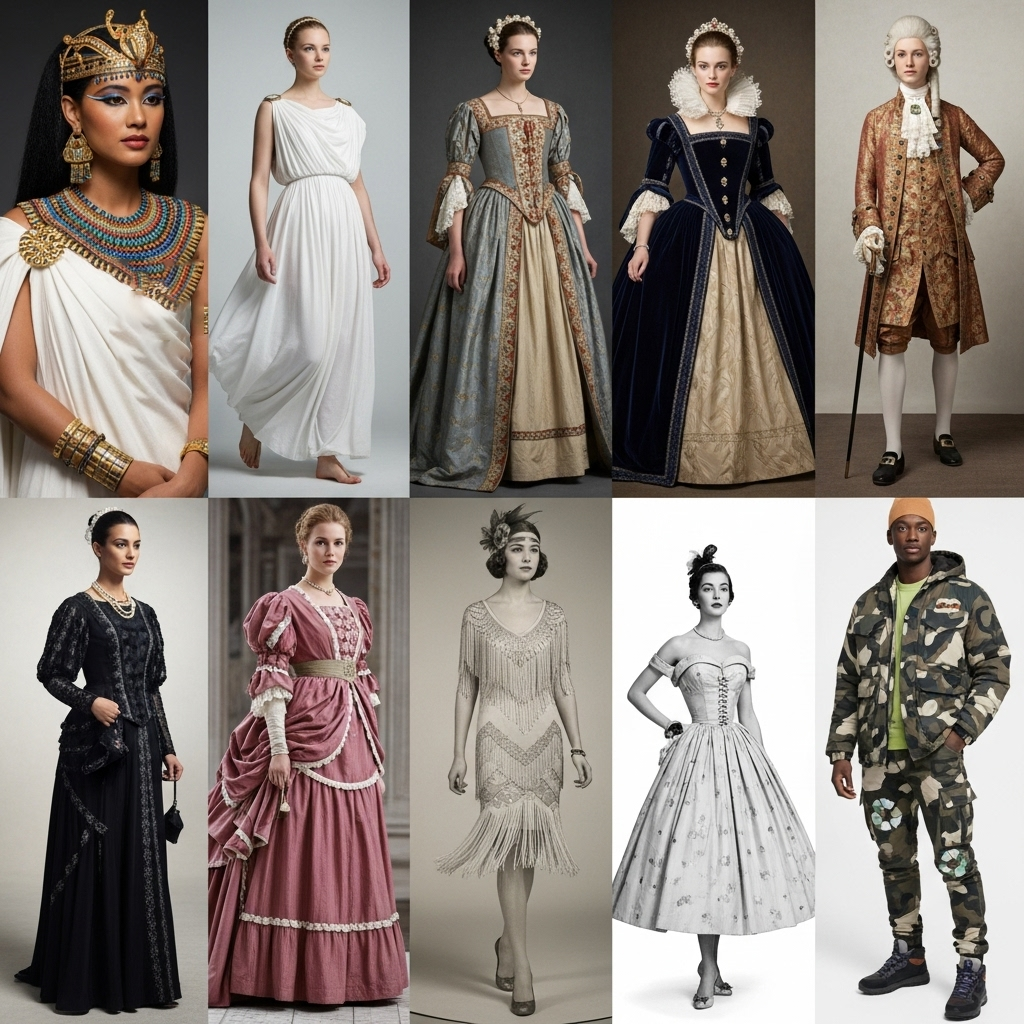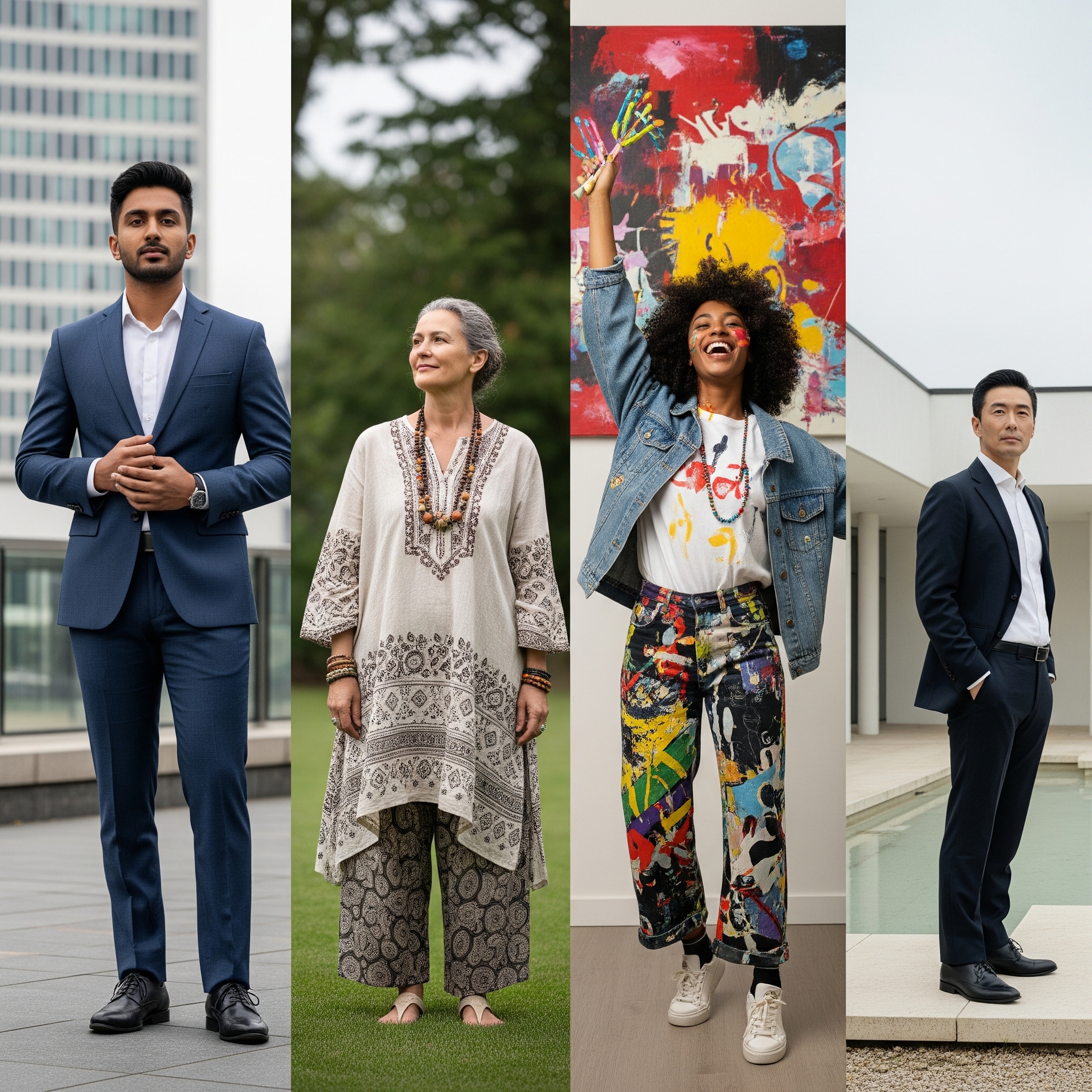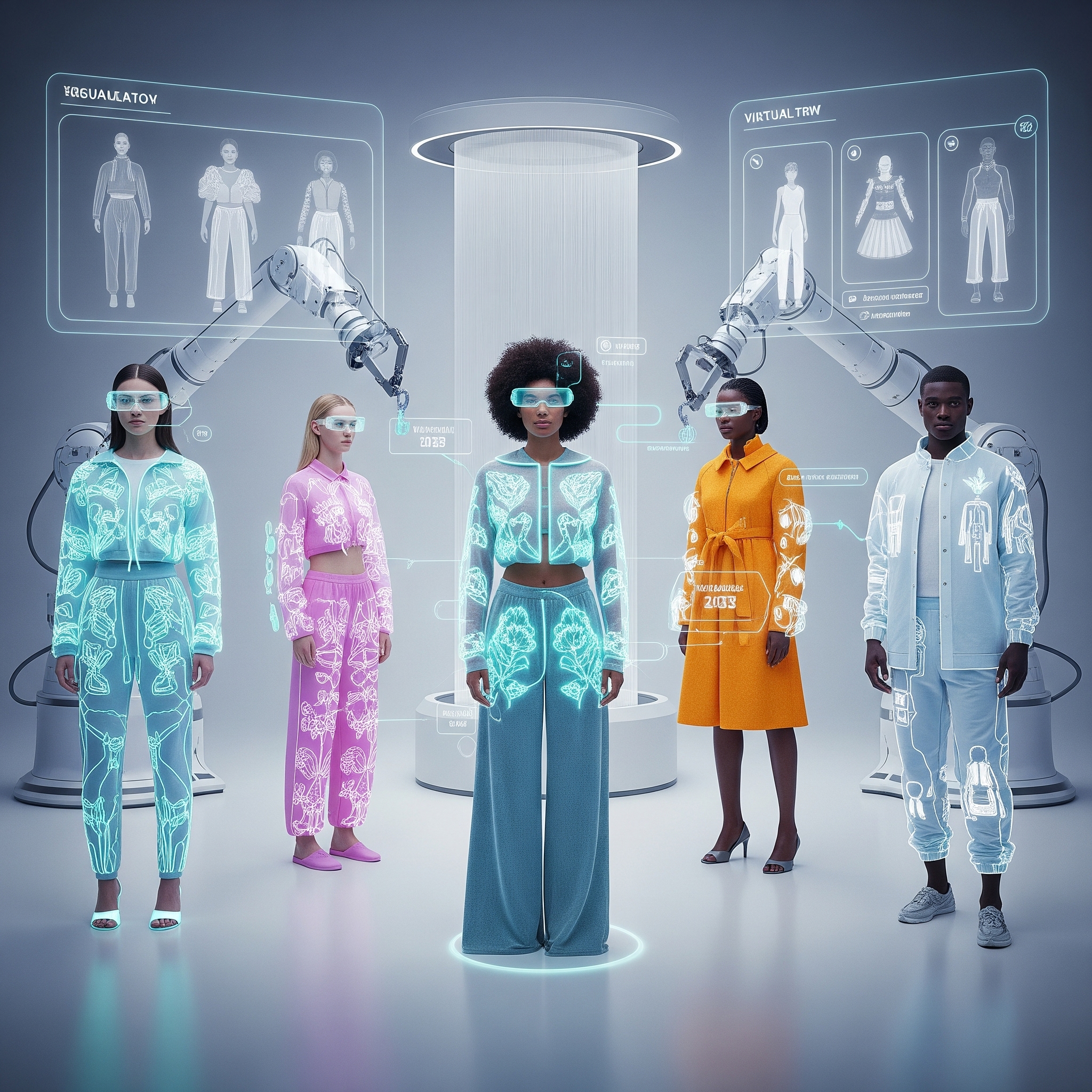No products in the cart.: $0.00
The Evolution of Fashion: A Journey Through Time and Trends

Fashion is more than just clothing; it’s a powerful reflection of society, culture, and individual expression. From the elaborate gowns of the aristocracy to the minimalist designs of today, fashion has undergone a fascinating evolution, mirroring shifts in technology, politics, and social norms. Understanding this journey helps us appreciate not only where we’ve been but also where we might be headed in the ever-changing world of style.
In ancient civilizations, clothing primarily served functional purposes: protection from the elements, identification of social status, and sometimes, religious significance. The Egyptians, for instance, favored lightweight linen garments, adorned with intricate jewelry to denote wealth and power. The Greeks embraced drapery, creating fluid, elegant silhouettes that emphasized the natural human form. Roman togas, on the other hand, were a symbol of citizenship and social standing, with variations in color and fabric indicating different classes.
The medieval period saw a significant shift towards more structured and layered clothing, often dictated by the need for warmth and protection. Sumptuary laws, common during this era, regulated who could wear what, reinforcing social hierarchies. Noblewomen wore elaborate gowns with tight bodices and wide skirts, while knights donned armor over their tunics. Color also played a vital role, with rich dyes signifying wealth and status.
The Renaissance brought about a renewed interest in art, humanism, and individual expression, which profoundly impacted fashion. Clothing became more ornate and luxurious, with rich fabrics like velvet and silk, intricate embroidery, and dramatic silhouettes. The invention of the printing press also facilitated the spread of fashion ideas, with engravings and fashion dolls circulating across Europe. Figures like Queen Elizabeth I of England became fashion icons, their elaborate ruffs, corsets, and voluminous skirts influencing trends for decades.
The 17th and 18th centuries witnessed the rise of elaborate court fashion, particularly in France under the reign of Louis XIV. Opulent silks, intricate lace, and powdered wigs became the hallmarks of aristocratic style. For women, corsets cinched waists, creating an hourglass silhouette, while wide panniers expanded skirts to dramatic proportions. Men’s fashion also became more flamboyant, with richly embroidered coats, breeches, and stockings. The French Revolution, however, brought a dramatic shift, ushering in a more subdued and practical aesthetic, reflecting the changing political landscape and a move towards greater equality.
The 19th century was characterized by a rapid succession of fashion trends, influenced by technological advancements like the sewing machine and the burgeoning ready-to-wear industry. The Regency era, inspired by classical antiquity, favored high-waisted, flowing gowns. This was followed by the Romantic era’s emphasis on dramatic sleeves and full skirts, often achieved with crinolines. Towards the end of the century, the Victorian era saw a return to more structured and elaborate clothing, with bustles, corsets, and intricate detailing. The rise of department stores made fashion more accessible to a wider audience, democratizing style to some extent.
The 20th century was a period of unprecedented change and innovation in fashion. The early decades saw the emergence of designers like Coco Chanel, who championed comfort, simplicity, and practicality, liberating women from restrictive corsets. The roaring twenties brought about flapper dresses, short hemlines, and a rebellious spirit. World War II led to rationing and utilitarian styles, but the post-war era ushered in a new sense of optimism and extravagance, epitomized by Christian Dior’s “New Look.”
The latter half of the 20th century continued to push boundaries. The 1960s were defined by youth culture, mini-skirts, and vibrant colors. The 1970s embraced individualism with bohemian styles, disco fashion, and punk aesthetics. The 1980s were all about power dressing, bold colors, and exaggerated silhouettes. The 1990s brought minimalism, grunge, and a focus on streetwear.
Today, fashion is more diverse and globalized than ever before. Fast fashion has made trends instantly accessible, while sustainable fashion movements advocate for ethical production and environmental responsibility. Technology continues to shape the industry, with 3D printing, artificial intelligence, and virtual fashion emerging as new frontiers. Social media influencers play a significant role in dictating trends, and personal style has become paramount.
Looking ahead, fashion will likely continue its dynamic evolution. We can expect a greater emphasis on sustainability, inclusivity, and personalization. The lines between physical and digital fashion will blur, and new materials and production methods will emerge. Ultimately, fashion will remain a powerful form of self-expression, constantly adapting to reflect the complexities of the human experience. Its journey through time is a testament to our ongoing desire to adorn ourselves, communicate our identities, and shape our world, one garment at a time.



